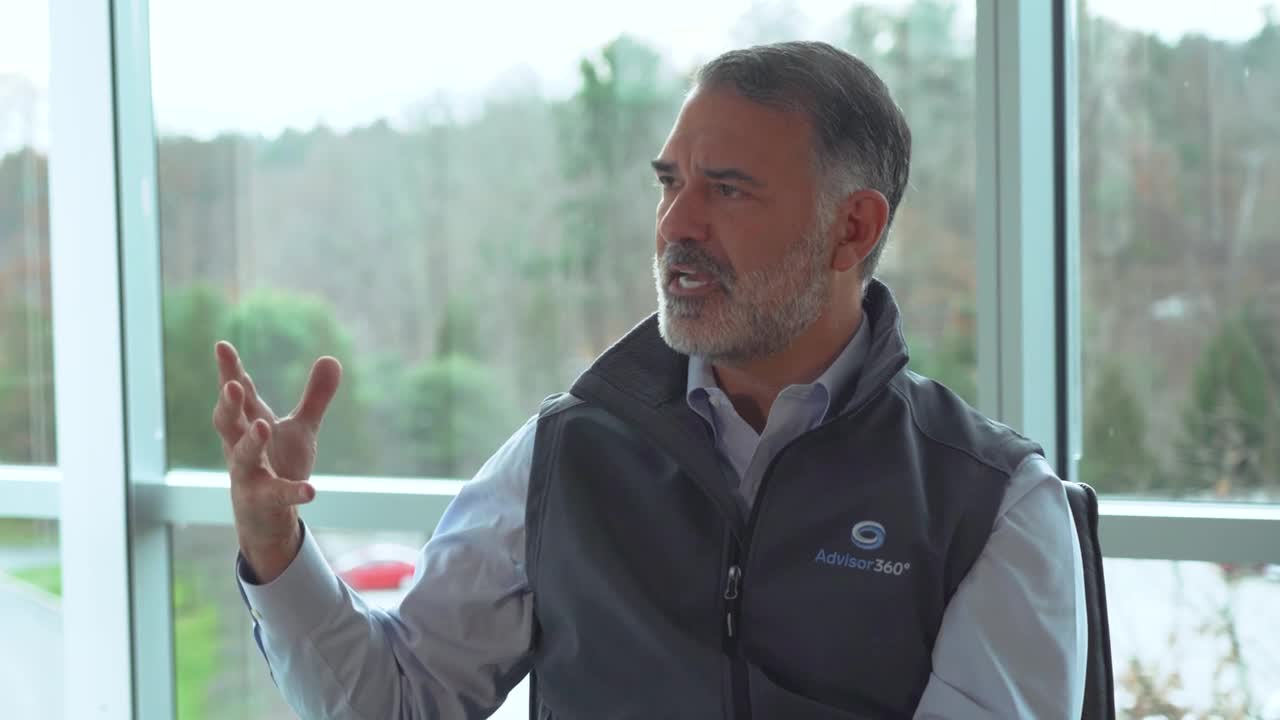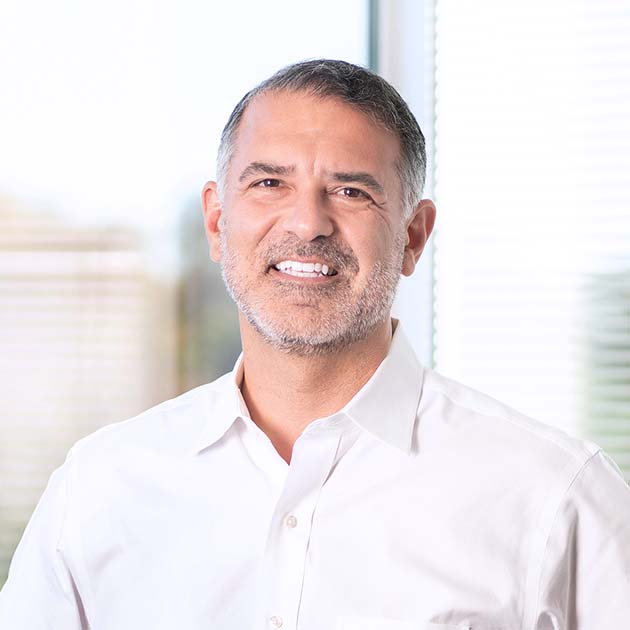
Advisor360°’s SVP, Chief Technology Officer, Jed Maczuba, describes what our Unified Data Fabric is and how it benefits a broker-dealer.
Video transcript
Chip Kispert: Thank you for joining me this morning, I'm super excited to have our conversation. I'm actually super excited being here at your Advisor360° offices. This is the first interview we've done. So it's really neat. So, thank you for having me. Maybe we could talk a little bit more about, what are the benefits that UDF is bringing to your customer base?
Jed Maczuba: Sure. So I'll talk about the benefits, but if I could just share my perspective about what UDF is because Unified Data Fabric™ is the term, and we think about fabric, right? It's weaving together many pieces and it all is centered around or based upon the life cycle of data.
So that's an important concept and that's everything from how do you get it in from the thousands of sources, how do you transform it, and put it into a consistent format? How do you cleanse the data, enrich the data— so fill in the gaps, or if there's inconsistency, how do you deal with that?— store it, and then that's typically where a lot of people’s focus is what is the underlying technology where you place the data, and then how do you expose that?
So, UDF for us is the entire life cycle of data and it's across people, process, and technology, which is a pretty standard thing. But all those pieces, it's not just the technology platform underlying it, but it's how do we wrap the whole story to say everything from how do we get it in to how do we make it available? So, I want to paint that kind of broad picture about how we think about UDF because it's not just one of those things. Just to give a couple examples of things that we do when we bring in the data, so as I mentioned, transform the data, and normalize it.
Now there are different architectural practices that people follow around this. Some people, it's like, let's leave it and normalize it at the end or let's try and normalize it at the beginning, and so that's the model that we take. Regardless of which source the data is coming in from, we put it into a single household-centric model, which is a differentiator where from the get-go, we have the notion of a household, which is very important in wealth management and giving advice holistically. We have the concept of the household and that's how we store our data from the get-go.
The transformation is extremely difficult because there's no standard, everybody has different formats, and so over the years we've built thousands and thousands of rules in order to take all this data and put it into a central format. So this is something that it's not, well, we're building it, we need to do this, this is something that we have that we've built up over time and we think is actually a strength, and it takes a lot of what is a pain in the process from our clients and we take that responsibility off. We're not necessarily solving the problem by standardizing the sources, but we're actually solving the problem as we bring it into our platform.

 Jed Maczuba
Jed Maczuba